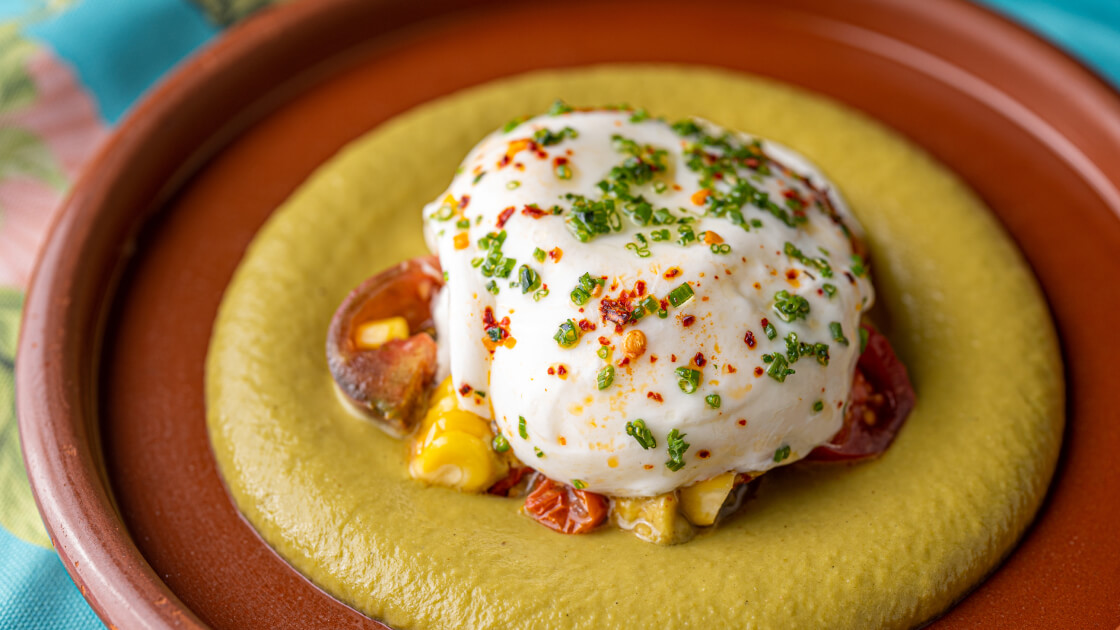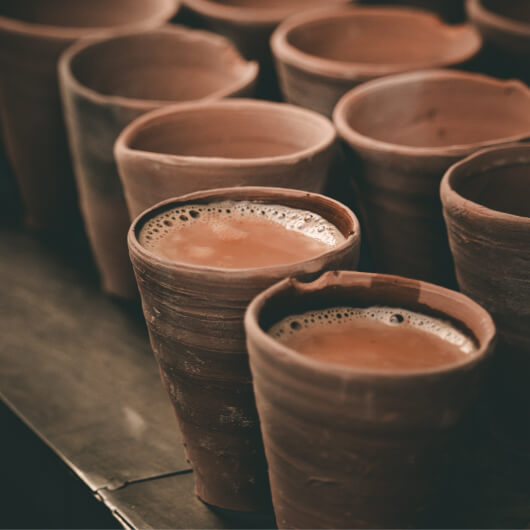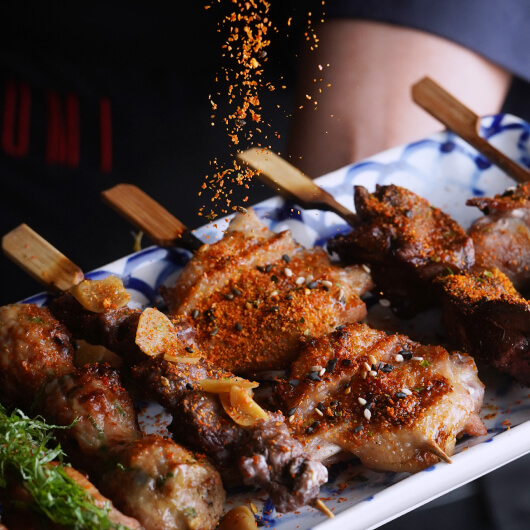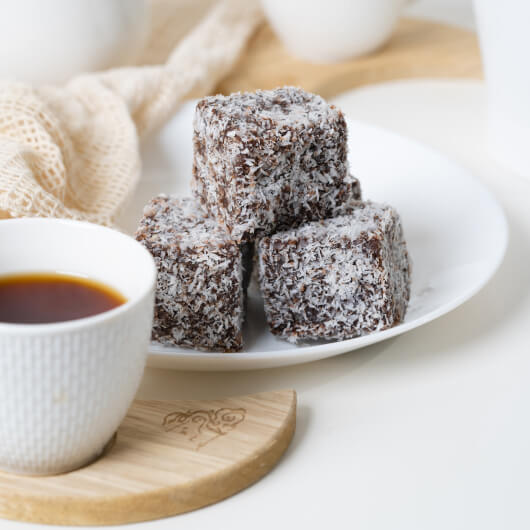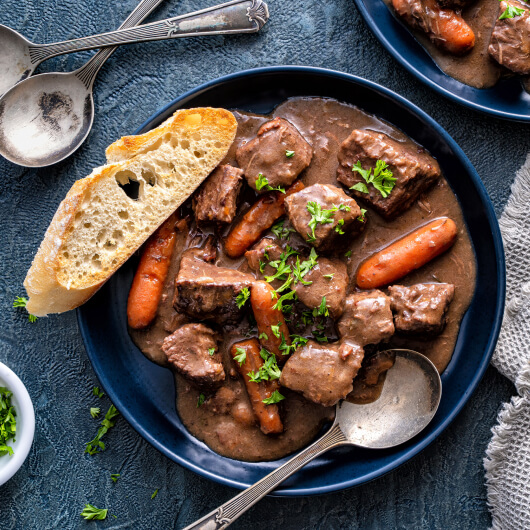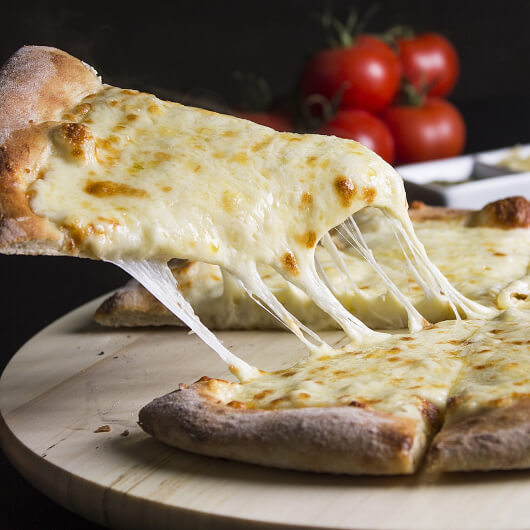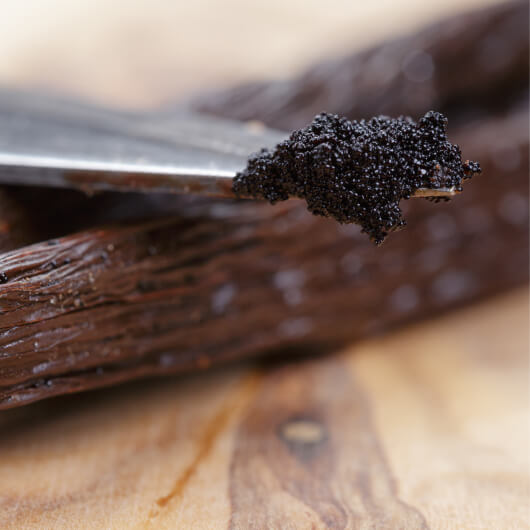That’s a connoisseur of fine cheese. Even if you aren’t, here are a few global ones you should know
In Part II of our list on Cheeses You Should Know, explore some more popular and not-so-common versions. The next time you travel, you will be thankful you read this one.
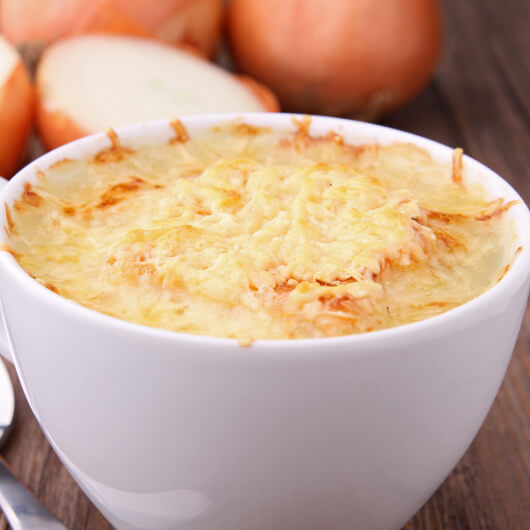
Probably the most famous Swiss cheese in the world. You may think you don’t know it, but you have probably had it. Gruyère is the cheese that goes on top of French Onion Soup. It is the classic component of a ham and cheese sandwich or the French Croque Monsieur. It melts relatively easily, making it perfect for quiches and other baked dishes.

What paneer is to Indians, Feta is to the Greeks. Its texture is not unlike paneer (though it is crumblier). It is often cut into pieces and used in Greek salads. Though unlike paneer, it has a distinctive flavour of its own. It’s usually packed in brine and takes on the salty flavour. Traditional feta is made from sheep or goat’s milk.
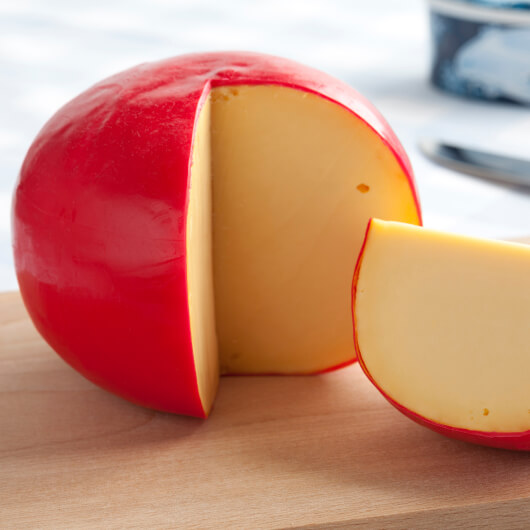
Do you remember children’s book illustrations of balls of cheese, covered in a red casing? That was Edam. This Dutch cheese became popular in the late Middle Ages because it could last for years without spoiling. Armies would travel with balls of Edam. It was always part of the diet of sailors on long voyages.
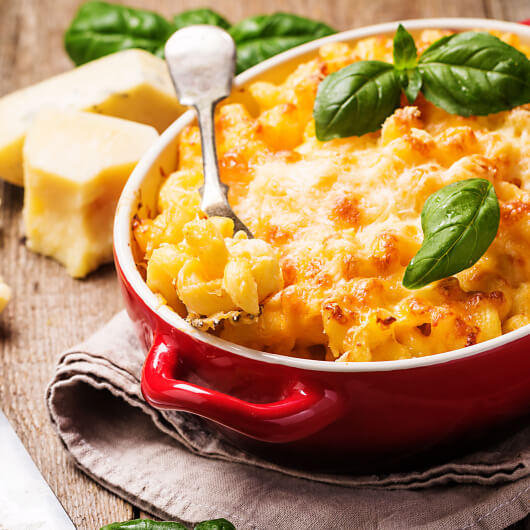
This used to be an ancient Dutch cheese too. But, Gouda has now become generic for sweet, creamy yellow cheese made from cow’s milk. Versions of Gouda are easily available all over the world, often made by industrial processes. In America, where Gouda goes into Mac and Cheese, they pronounce it Gooda. The Dutch pronounce the ‘gow’ to rhyme with ‘cow’.
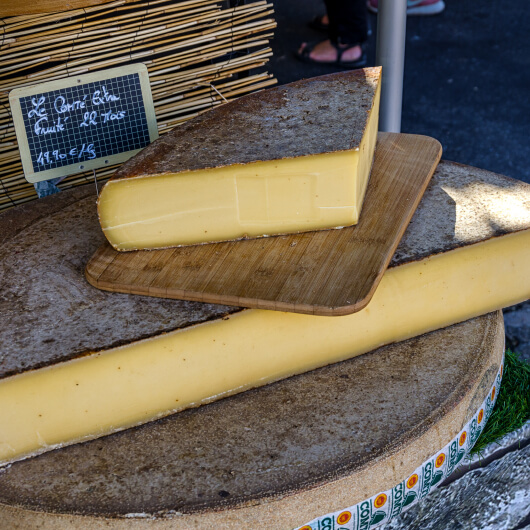
An easy way to annoy a Frenchman is to say that Comte is the same as Gruyère. It is not, of course. But, because Comte comes from the mountain region of France that borders Switzerland, the two cheeses are similar. The French are inordinately proud of Comte. They go on about its terroir and insist that Comte made in the winter differs from the same cheese made in summer.
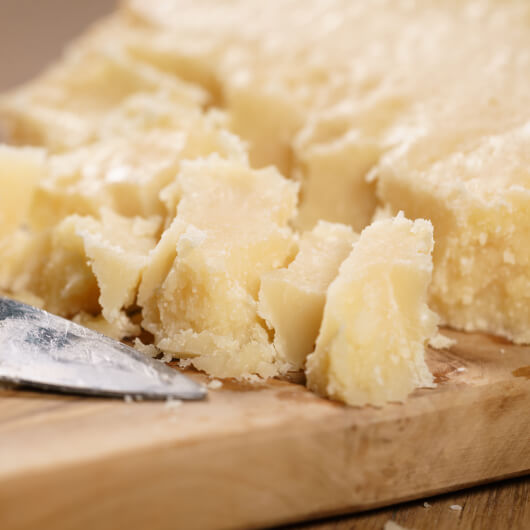
You may have come across this Italian cheese at restaurants in India. It is very similar to Parmigiano Reggiano but, is subject to less stringent regulations and often factory-made. Chefs are likely to substitute it for Parmigiano because it is easier to get hold of and can be used in cooking in much the same way.
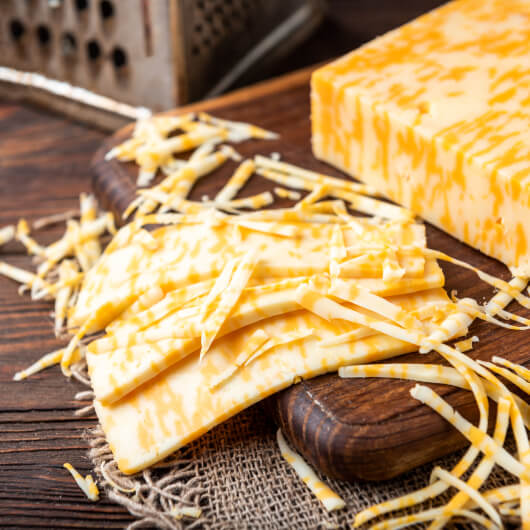
Over the last decade, Monterey Jack has suddenly become available all over India. The version we get is a mild, industrial cow’s milk California cheese that can easily be melted. Chefs in the U.S.A. use it for tacos but Indian chefs use it for every dish with a vaguely American connection, from sandwiches to cheeseburgers.

This is really a cheese sandwich. It is a pouch of fresh mozzarella filled with cream and scraps of more mozzarella. It only became popular in the second half of the 20th century, but now turns up on menus all over the world. To be any good, it needs to be fresh so, locally produced burrata is often preferred to imported Italian burrata.

